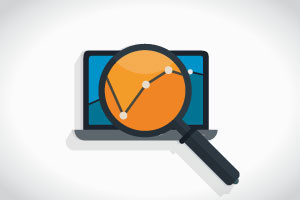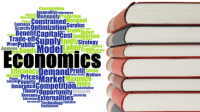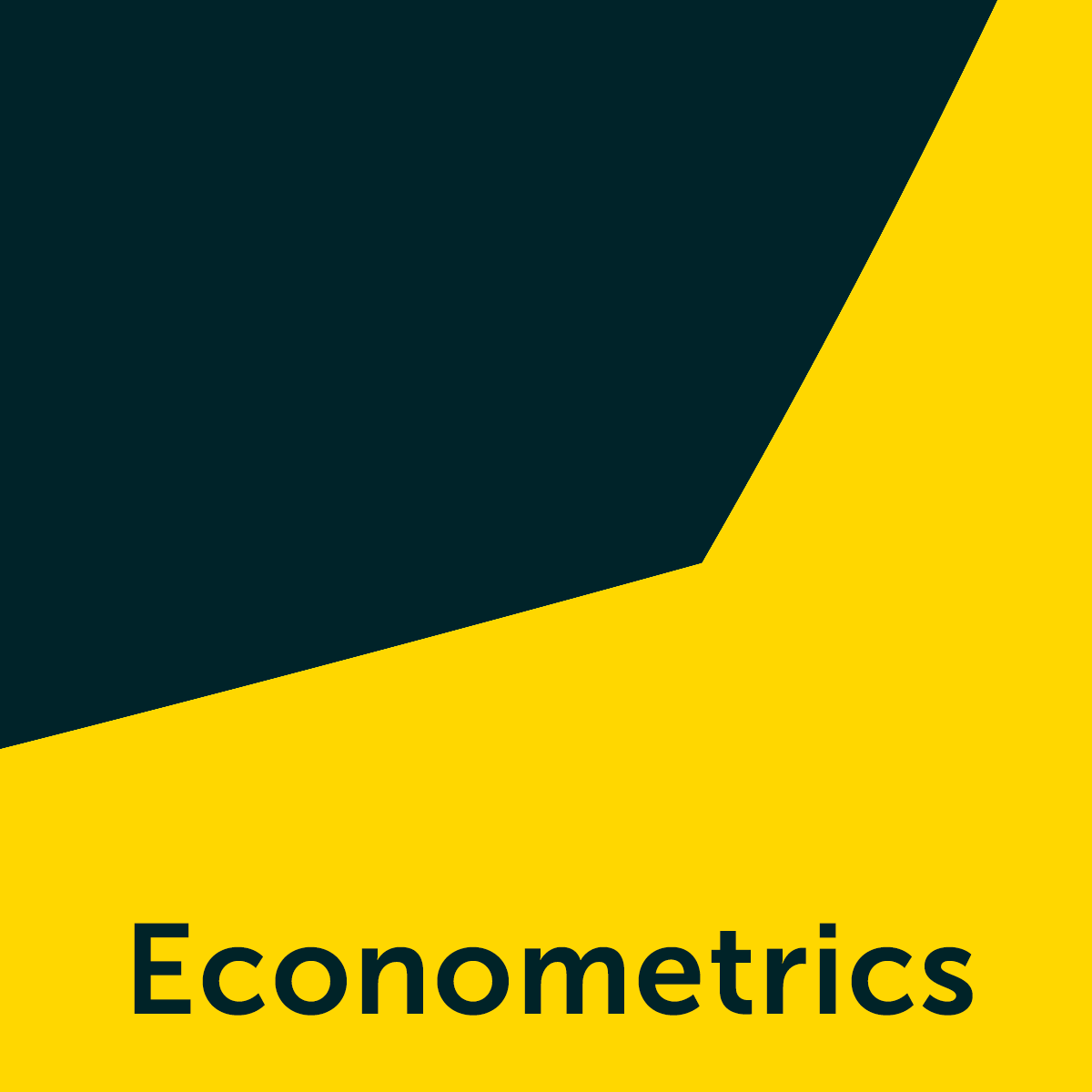Description
In this course, you will learn:
- Understand and apply fundamental economic concepts such as supply and demand.
- Recognize the differences between different economic systems.
- Calculate and interpret key macroeconomic indicators such as GDP, unemployment, inflation, and poverty rates.
- Analyze and assess the use of monetary and fiscal policy, especially taxation policies, to stabilise the economy.
- As consumers and businesses, give examples of important macroeconomic challenges, present trends, and future developments.
Syllabus:
- Define basic economic terminology
- Explain and apply the concept of opportunity cost
- Explain factors that cause economic growth and international comparative advantage using the concept of production possibilities curve
- Describe the concept of GDP and GNP
- Describe the various national accounting methods
- Analyze the business cycle to determine the economy's temperature
- Calculate and explain unemployment rate and the problems with interpreting that rate
- Identify the types of unemployment and their relationship to full employment
- Calculate and explain inflation rate and the problems with interpreting that rate
- Identify the types of inflation and apply the theories of inflation
- Compare the "isms" of economic systems
- Analyze the circular flow
- Describe and list the factors that led to the decline of the Soviet economic system
- Describe and list the components and dynamics of the market system
- Apply supply and demand analysis to real-world problems
- Explain spending patterns using the consumption function
- Interpret and assess the determinants of consumer spending
- Distinguish the three types of business structures and explain the benefits and weaknesses of each
- Interpret and assess the determinants of business spending and explain the role of inventories in business decisions
- Analyze both graphically and arithmetically the expenditure function
- Analyze the types of tax schemes and rationales for each
- Explain and discuss the economic role of government
- Examine the national debt and its impact upon the economy
- Assess discretionary fiscal policy including lags and impacts
- Explain the concept and functions of money
- Analyze the demand for money
- Explain the organization, functions and operation of the Federal Reserve
- Explain money creation and destruction
- Assess monetary policy and its impacts
- Identify the three major economic philosophies of our time
- Summarize the critiques of the major economic philosophies
- Analyze the impact of international actors on the domestic economy
- Describe the difference between economic growth and economic development.









